“Life is a party. Dress like it.” —Audrey Hepburn
After months of meticulous planning, the Fashion Club debuted its first official fashion show on February 28th. Led by founders, Sara Vélez Patiño,‘25, and Aysu Asgarova,‘27, students confidently strutted down the runway, showcasing handmade pieces carefully crafted under the guidance of Art Department Chair Ms. Piotti.
A few years ago, the National Art Honors Society hosted a fashion show, but it turned out to be a bit chaotic to organize. The stress of it all made Ms. Piotti hesitant when Sara and Aysu proposed reviving the event this school year. However, Sara, determined to spotlight student creativity, relentlessly pushed for its return; and it worked. Ms. Piotti agreed.
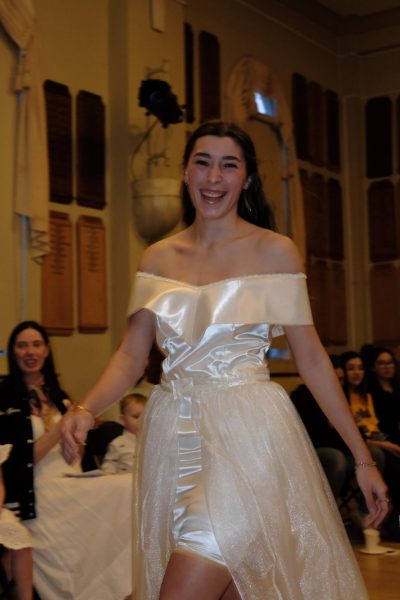
“I feel like I made a lot of pieces that I want to show other people, but I’m not gonna show up on a random Thursday wearing a ball gown, you know?” Sara said. “My first project was this ’90s Christian Dior-style dress. I really wanted to showcase it along with other students who I know make beautiful gowns, so this felt like the perfect opportunity.”
Beyond highlighting student talent, the show also made a statement about sustainability in fashion. Alongside the main collection, an upcycled line was presented, featuring pieces reimagined from garments created in previous years. Instead of being stored away and forgotten, these designs were given new life on the runway.
In recent years, the discussion of fashion’s contribution to climate change has become more widespread, and many designers are using new sustainable materials and ways to reduce their footprint. One BBC article reports that “the fashion industry is responsible for between 8 and 10% of global greenhouse gas emissions, more than aviation and shipping combined.” In response, designers worldwide are shifting toward sustainability, exploring new materials and innovative ways to reduce their environmental footprint. In 2024, Stella McCartney released her most sustainable line with products made up of 95% sustainable materials. From fabric to dyes, almost the entire garment was made sustainably.
However, sustainable fashion often comes at a steep price. The same BBC article says “Items come at a price – a Sheep Inc hoodie will set you back £180 ($222) and an Allbirds sweater costs around £108 ($133).” Even a basic Stella McCartney shirt costs over $400—far from accessible for most people.
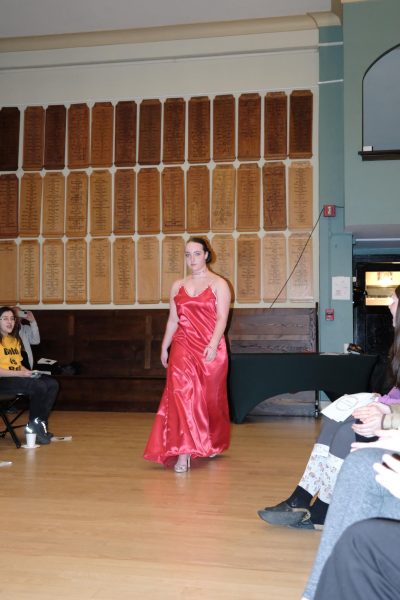
Sustainable materials can also be incredibly tricky to work with as Sara discovered firsthand. “We chose sustainability, and we thought about two things: upcycling and pieces with sustainable materials. Doing pieces with sustainable materials is really hard,” she said. “I personally tried to do a top with newspaper. Horrible experience. Really bad.”
Still, the show reinforced the importance of mindful fashion choices. According to a 2022 study done by the National Institute of Standards and Technology, only 15% of clothes and textiles are actually reused. But at Grier, students walking the runway (the auditorium) in elegant and fashionable pieces made from up-cycled garments proving that sustainability and style go hand in hand.
Of course, pulling off the event was no small feat. “Finding models, I think that was very hard. Finding designers was really hard. I think that was the hardest part,” Sara admitted. She had to use some strong persuasive techniques to get designers and models involved—or as she put it, “I had to somewhat force people.”
Many students didn’t quite grasp what the show would be like or weren’t eager to be in the spotlight—not knowing they could find models— so they didn’t want to be involved. The other students in costume design were busy crafting something else…stuffed animals. “We’re in an epidemic of stuffed animals,” Sara joked.

Eventually, everything came together, with 20 pieces making it into the show. Senior Ayla Asgarova opened the event wearing an up-cycled turquoise dress, designed and transformed by her sister, Aysu Asgarova. Aysu reimagined the dress by shortening it, taking it in, and adding white ruffles. Other up-cycled creations included a dress turned into a skirt with a long train, adorned with handmade white flowers and blue paintbrush strokes, designed by Sara Vélez Patiño, and a tailored blazer featuring a bow at the back, crafted by Lorenza Simbeck. The rest of the show featured an array of dresses, skirts, tops, and even a bold pair of cheetah-print pants made and design from a variety of students.
Sara Vélez Patiño closed the show with her striking Christian Dior-inspired gown. As she made her way down the auditorium runway to the rhythm of the music, she stunned the audience with a dramatic transformation—ripping off the white outer skirt to reveal a sleek black dress with a white ruffle at the top, all complemented by a bold red lip, true to Sara’s signature style.
Of course, the show wouldn’t have gone on if it weren’t for the people behind the scenes. Even though they weren’t in the spotlight on the runway–they certainly were the ones controlling it. Sara emphasized that she couldn’t have done it without the help of Marcela Baeza and Aranza Alcala, who managed the music, assisted models with quick changes, and ensured the show ran seamlessly.
Looking ahead, the Fashion Club plans to expand the number of lines showcased, and student interest is already growing. So keep an eye out for future projects, and maybe even take a little inspiration from the runway into your everyday life. After all, as model Shalom Harlow once said, “You don’t learn style by watching people on a runway. Fashion happens every morning when you wake up.”

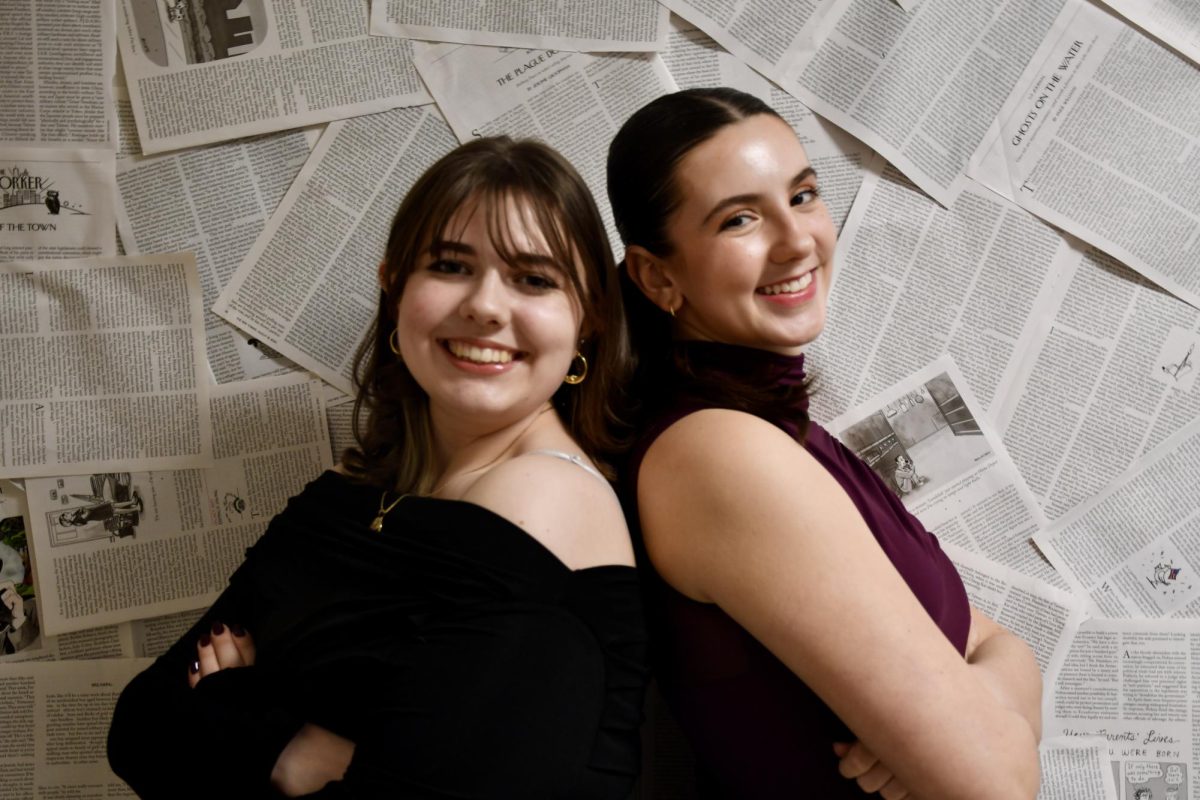

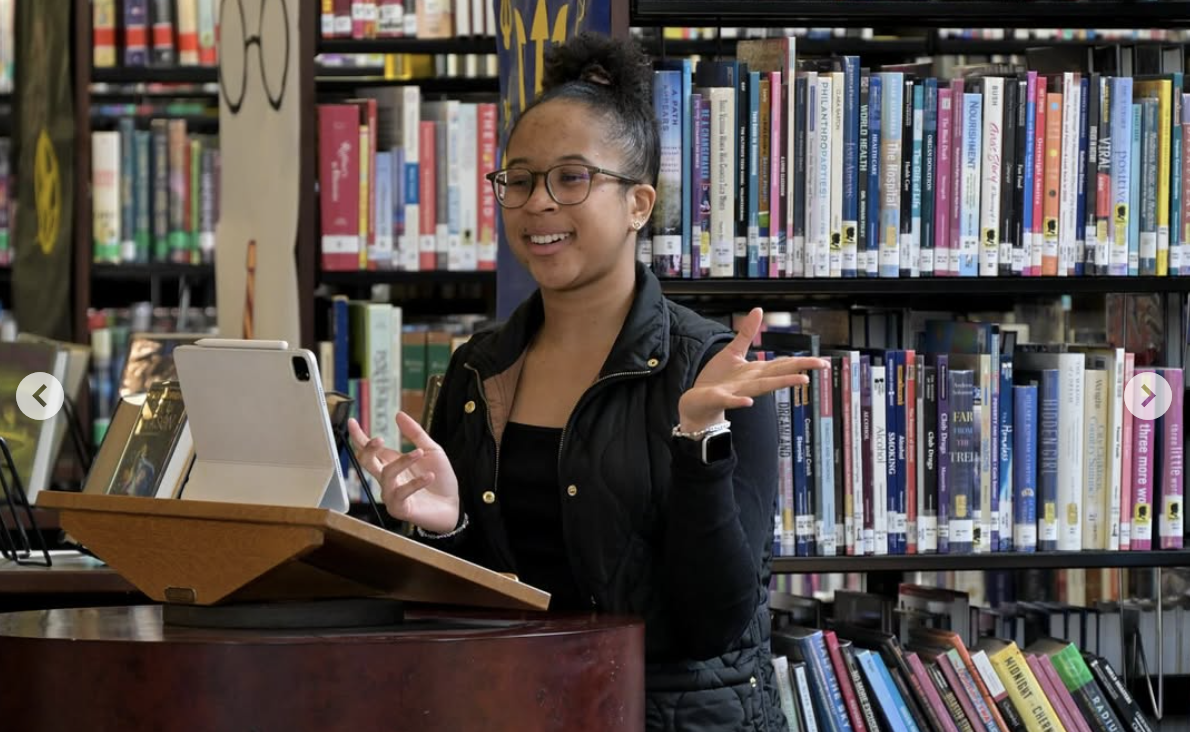




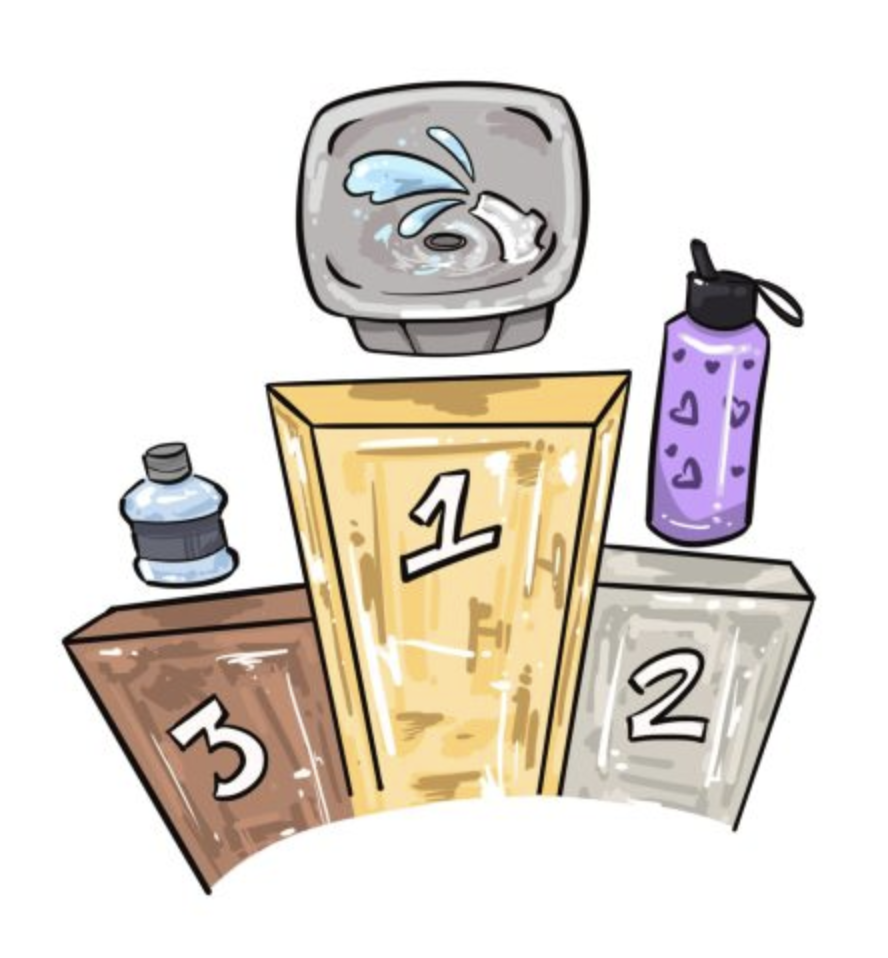

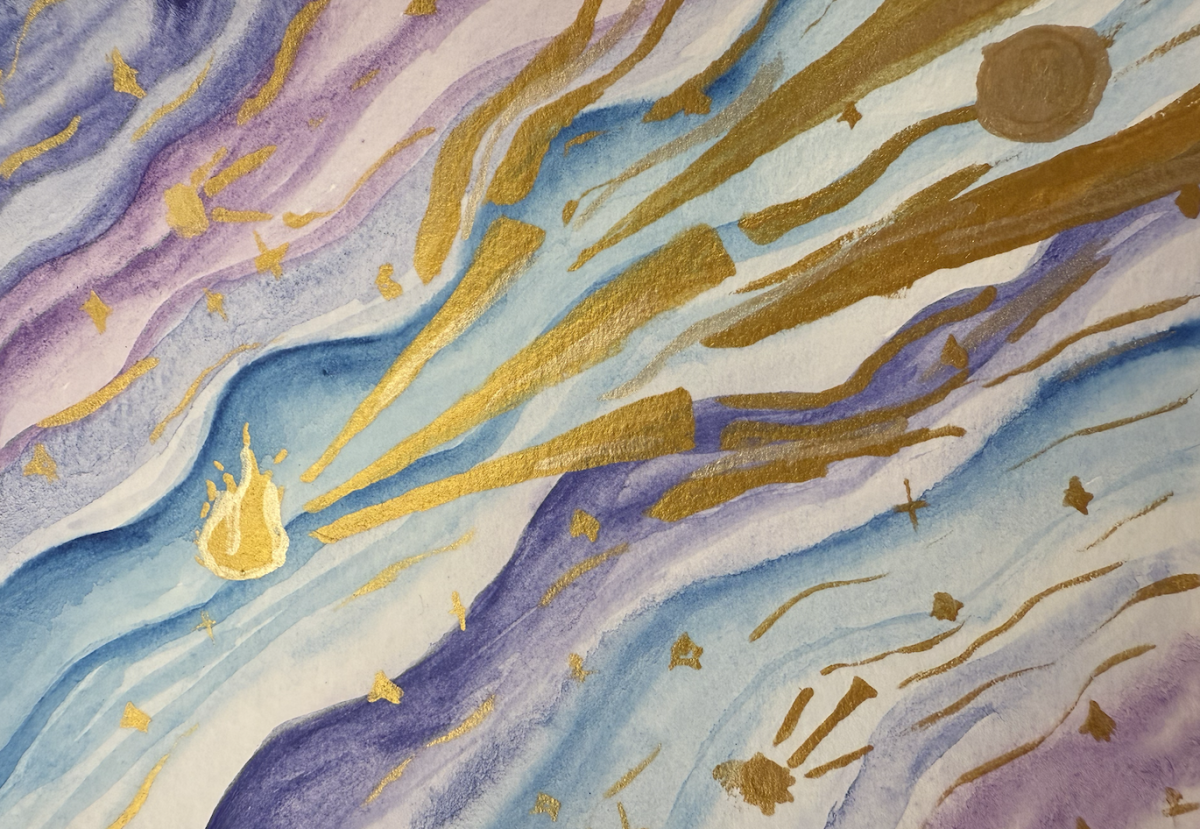

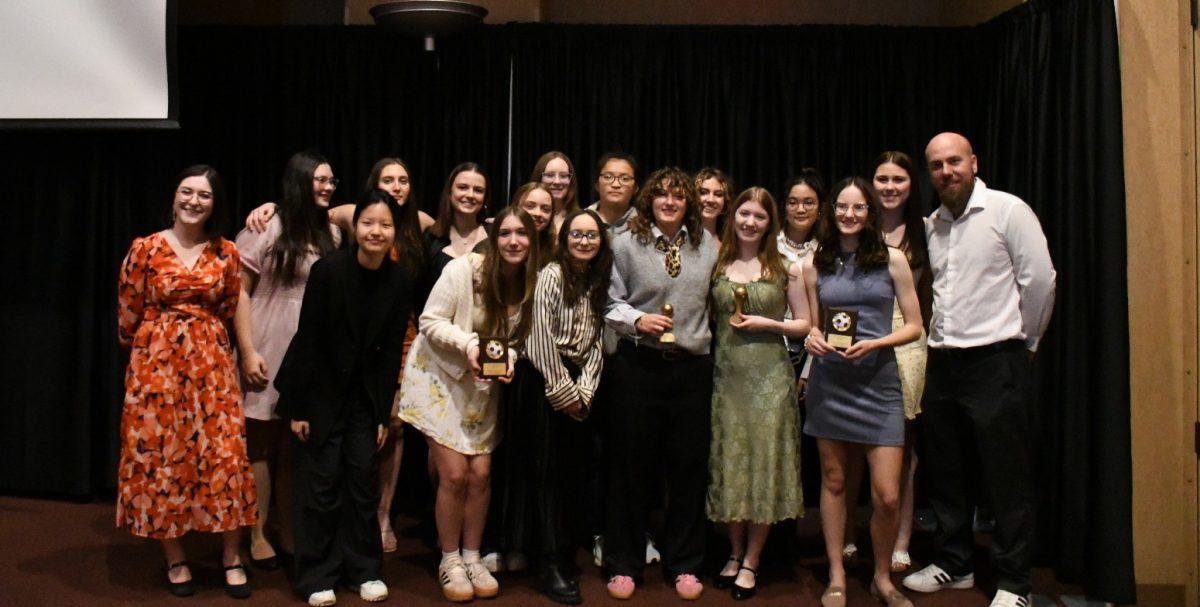
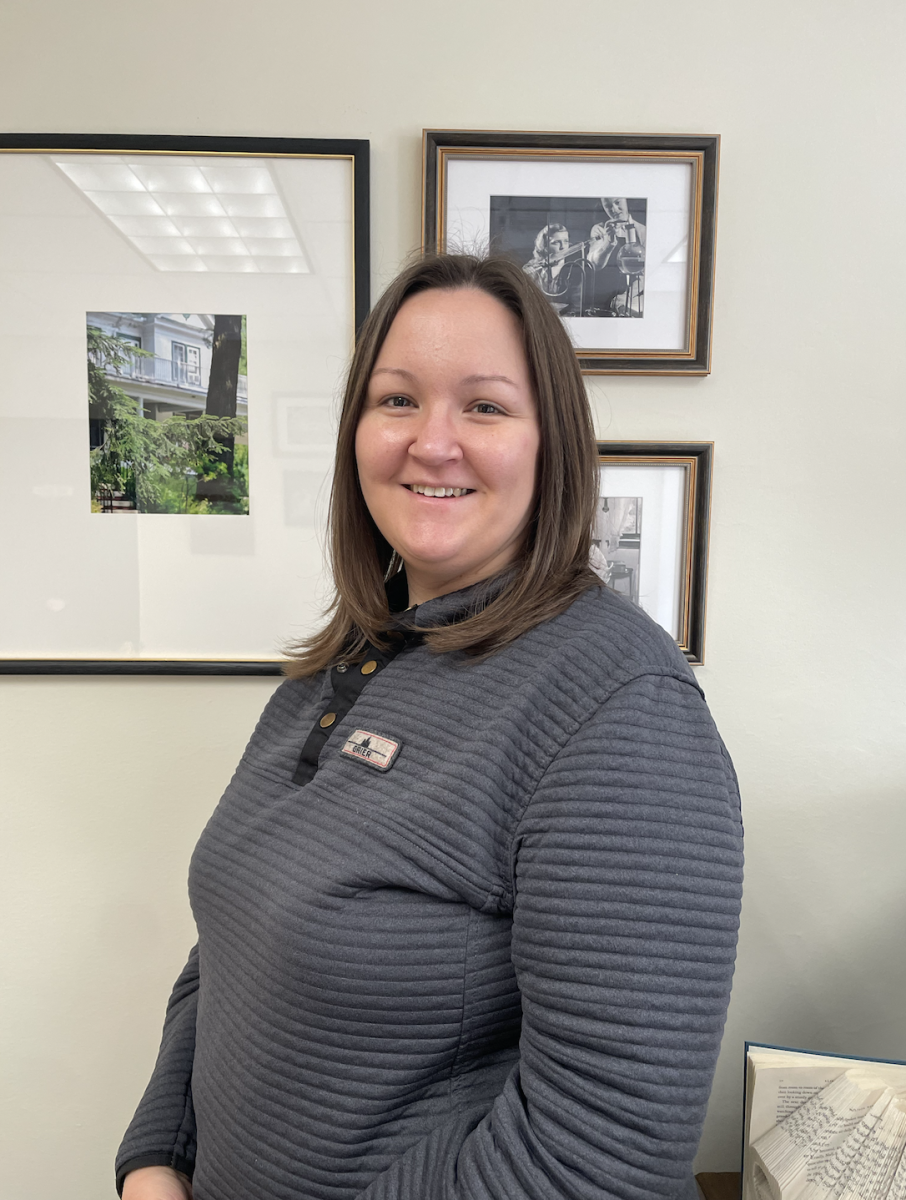
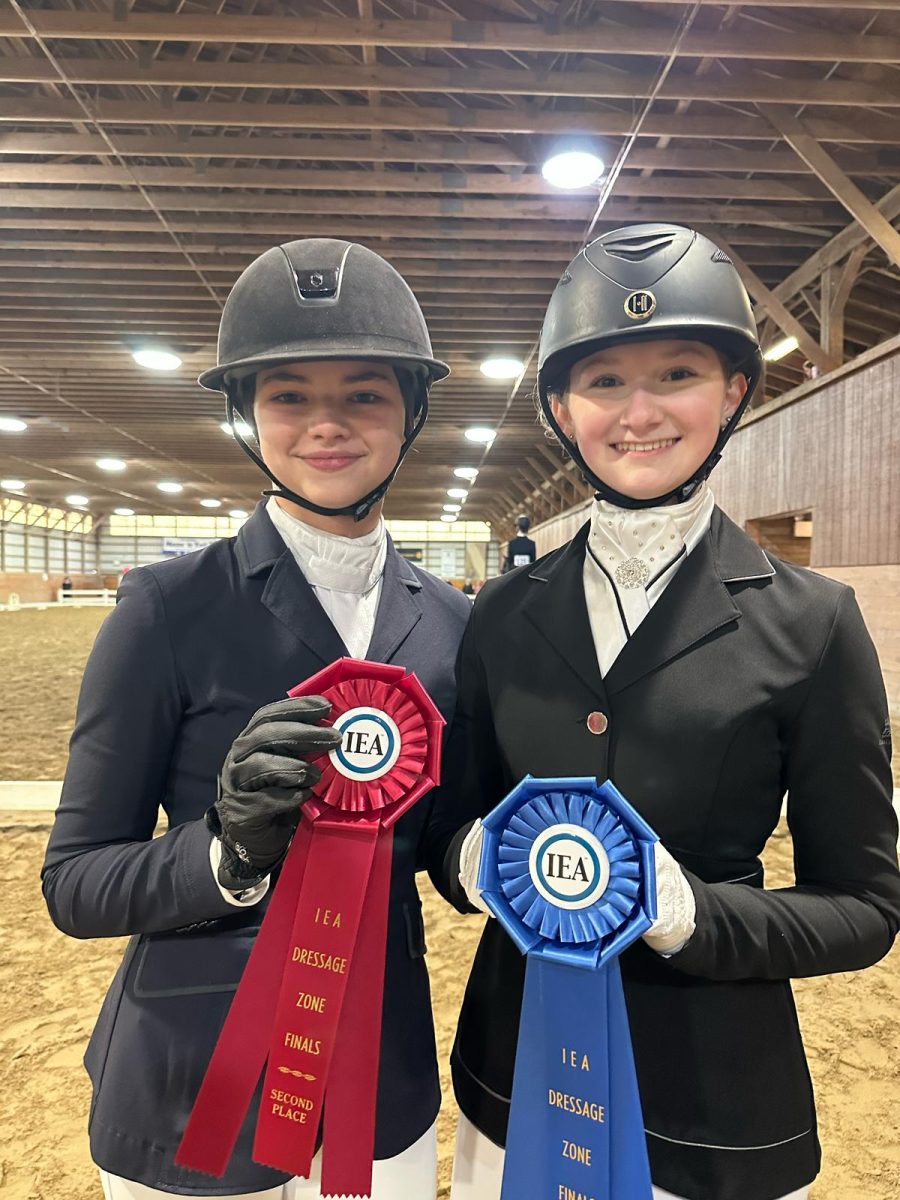


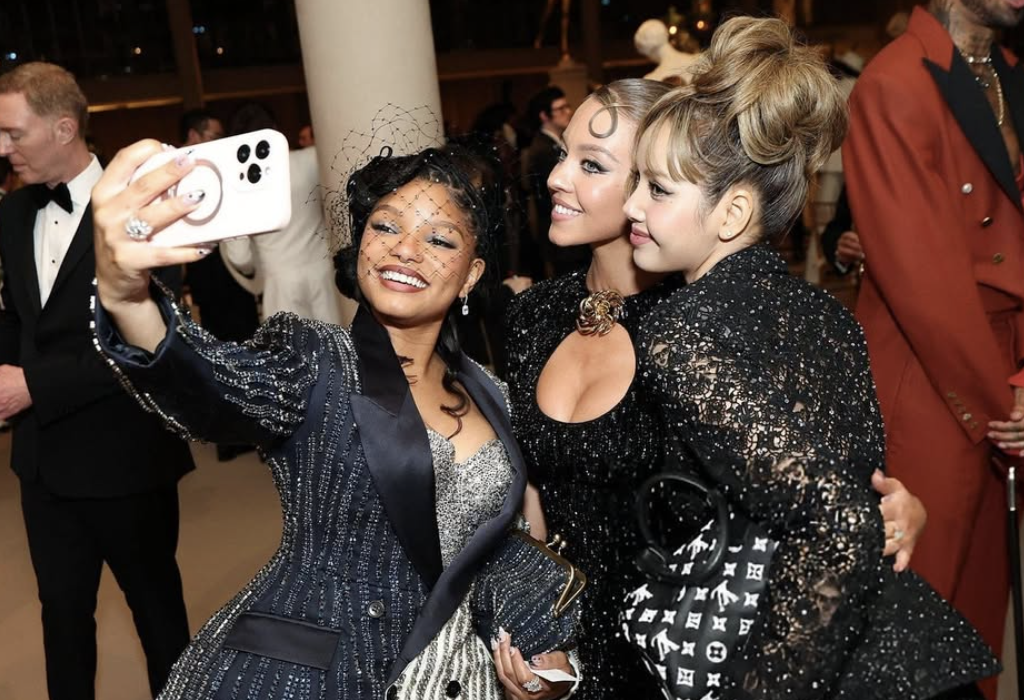







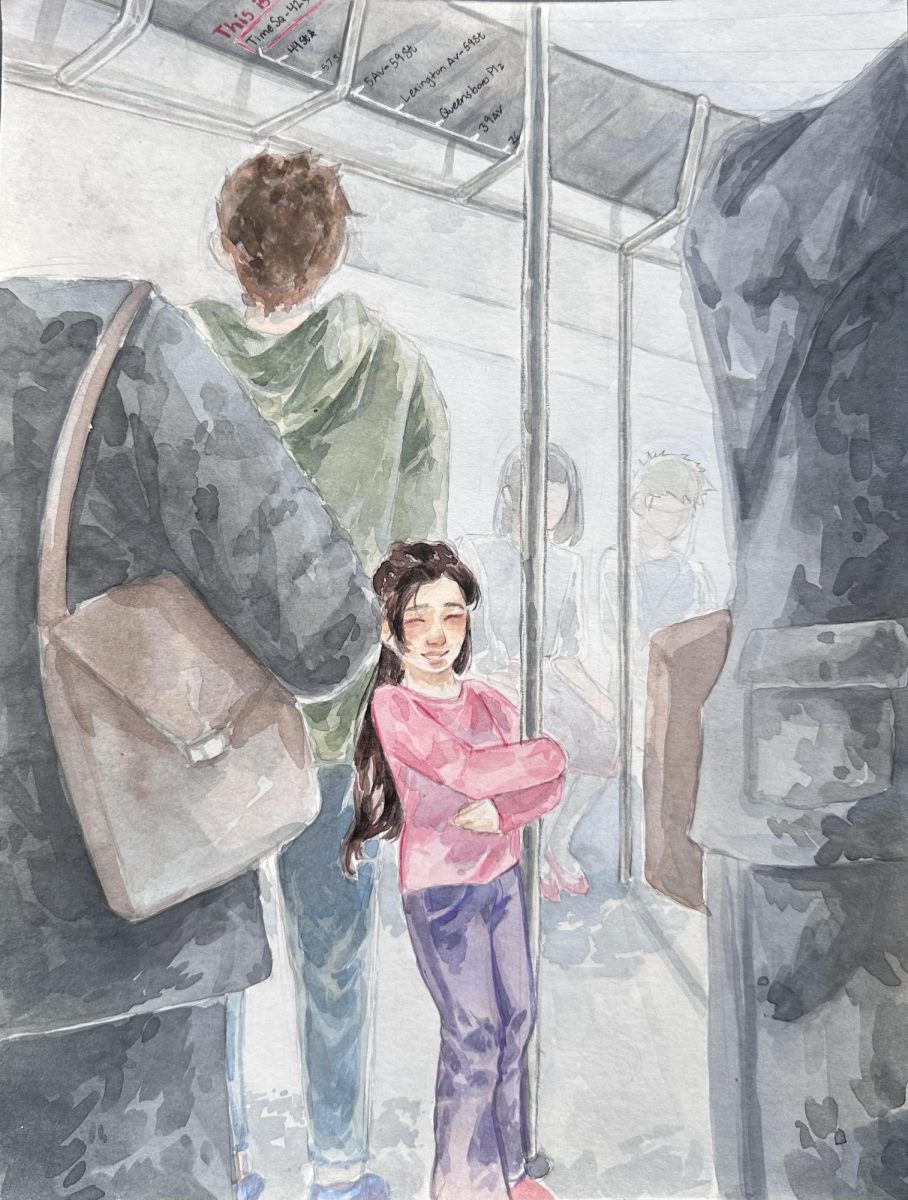
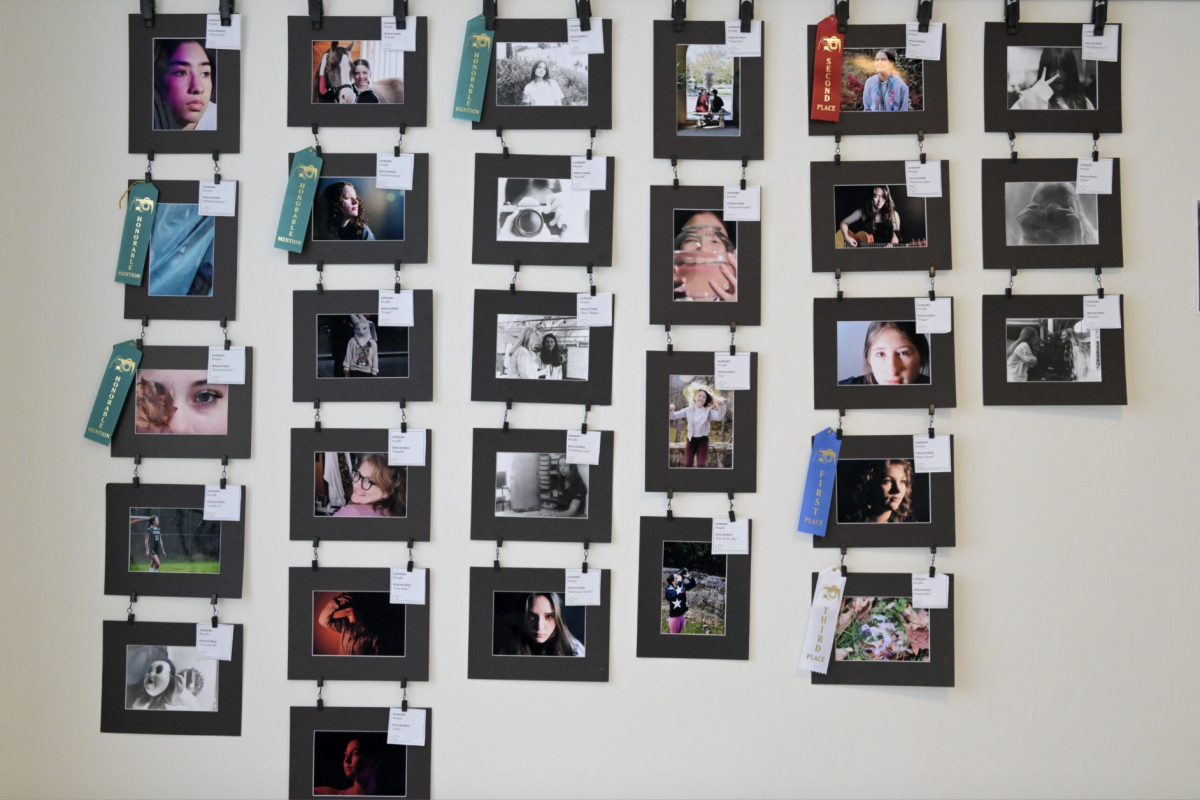
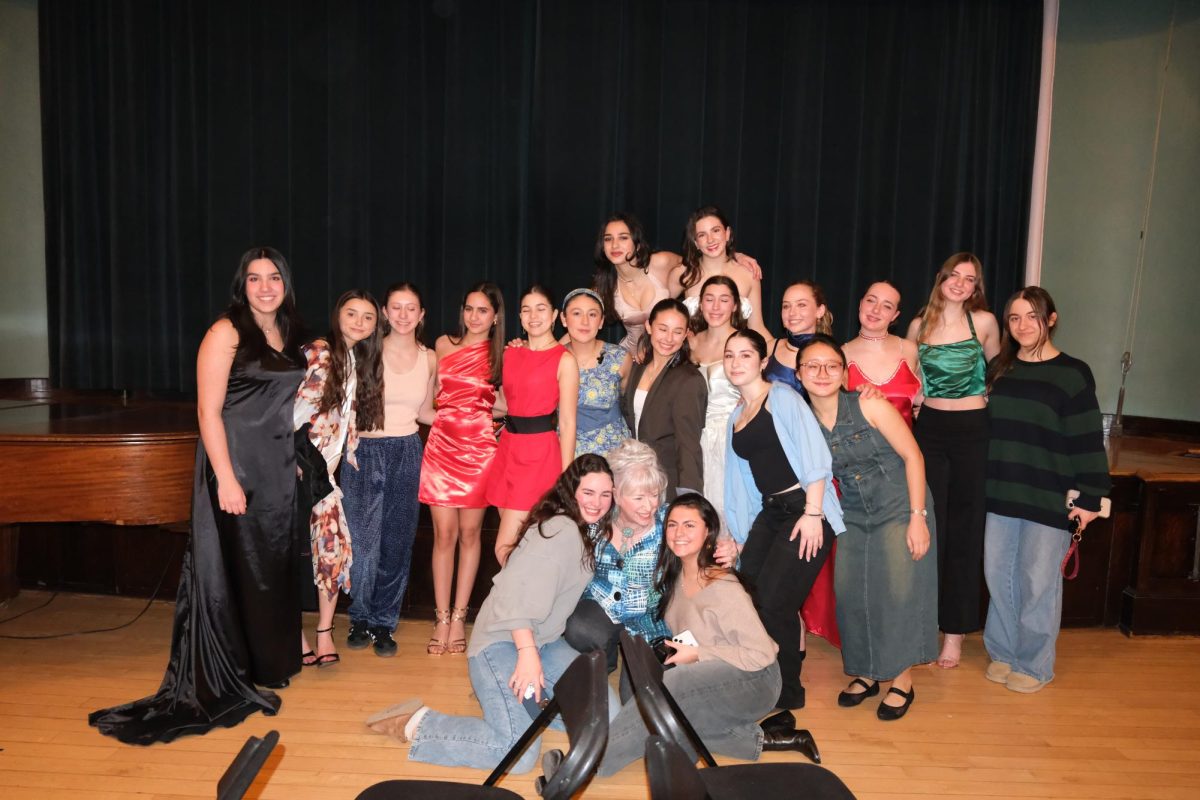

Diane McCloskey • Apr 16, 2025 at 7:50 am
Wowza! Super article on fashion, sustainability, incorporating environmentally-concerned creativeness and talent!! Loved the fashion show as well.